Surely you have heard that the Iranian car industry started at the same time as a country like South Korea. But perhaps the question that has occupied your mind right now is, where is the significant progress of that Korean car company and where is the progress of our country's car industry? Why were the Koreans able to push the boundaries of progress and be at the top of the list of the best cars in the world today? Stay with us until the end to investigate these cases.
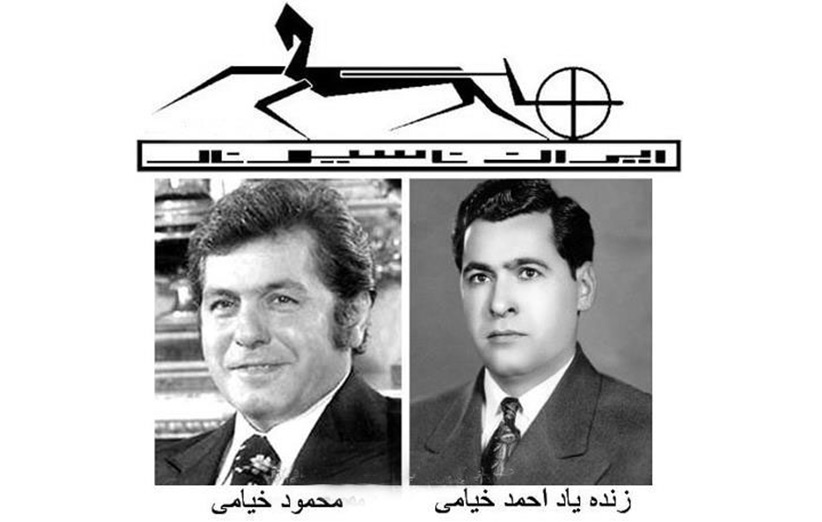
In 1341, a factory was founded by the Khayami brothers. (Mahmoud and Ahmad Khayami)
The initial capital of this factory was one hundred million rials.
From the production and initial product of this company, we can name the famous buses called LP, whose chassis was imported from Germany and was assembled by installing a room on it.
In 1345, a contract was signed with the British company Roots for the production of Peykan. A year later, in 1346, the Iran Nacional car factory was established with an initial capital of four hundred million rials.
Exactly the same year, Hyundai launched its first car called the Cortina.
At that time, Iran National was able to assemble and produce ten passenger cars, seven buses and trucks a day.
From 1346 to 1357, Peykan was in the production cycle in various luxury models, youth, ambulance, station, van.
This company had a lot of progress and in 1979 it was able to produce and enter the market of 98,000 Peykan devices.
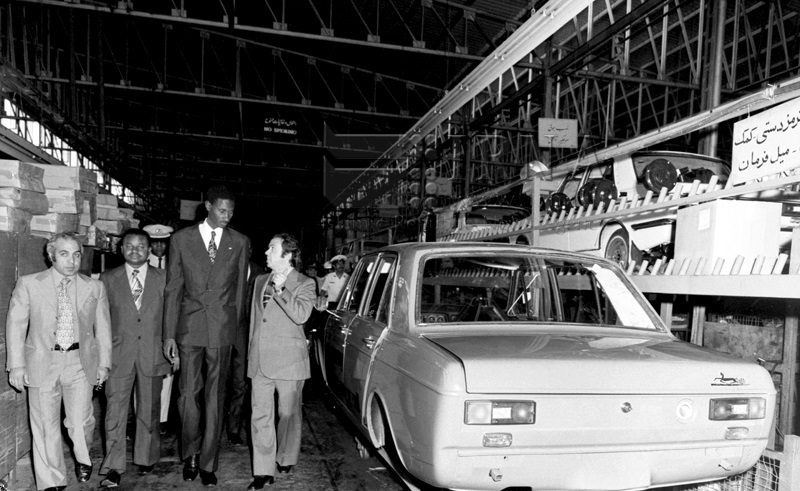
In 1978, due to rising oil prices and foreign exchange earnings and the aging of Peykan, Iran National decided to cooperate with Peugeot France, which eventually led to the signing of the Peugeot 305 contract. It was at this time that the Islamic Revolution of Iran was formed and all the industries of this company were given to the government. Unfortunately, with the start of the Iraq-Iran war, many problems arose for this car factory. Problems such as currency and economic issues, lack of imports, difficulty in procuring goods and materials from abroad and worn-out equipment. If this company went to the brink of closure in 1985. In 1988, with the adoption of UN Resolution 598 by Iran, the situation improved slightly.
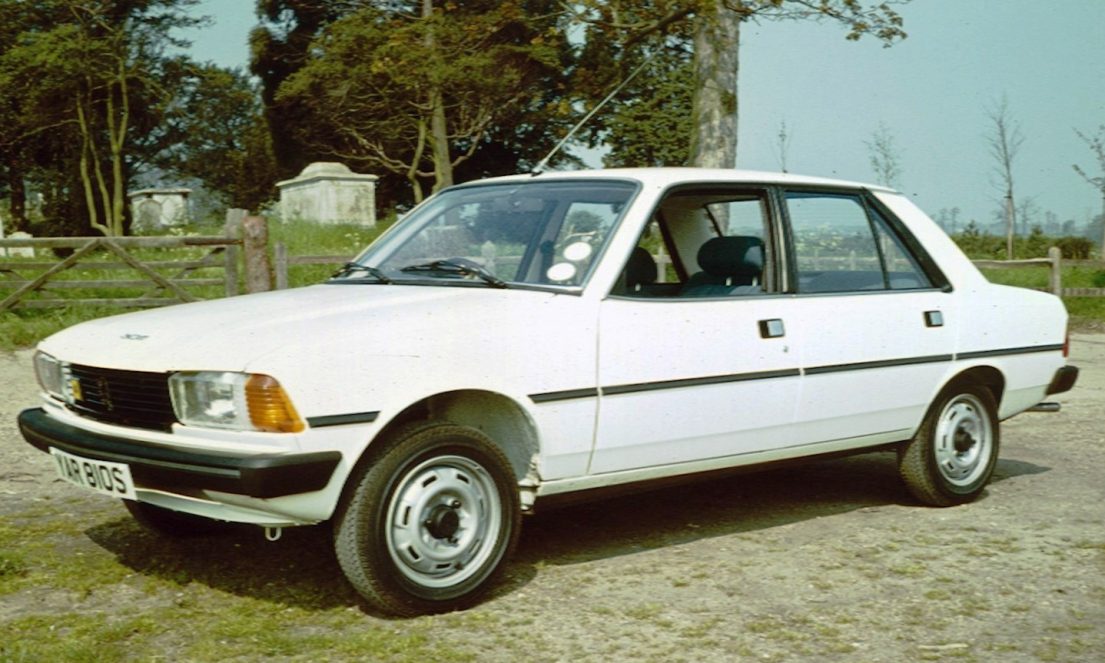
During this period, the Peugeot 405 production contract was concluded for three years. The path of growth and development was chosen correctly and gradually progressed over time and cars such as Peugeot 206, Peugeot Pars and finally Samand were produced. But unfortunately, after that, these cars are still produced and enter the market for many years. Of course, in recent years, cars such as Dena, Rana, Tara, Shahin have been produced, but they are far from Korean luxury cars. On the other hand, Korean companies are progressing day by day, and with careful and coherent planning, they have been able to make their products valid all over the world. In some cases, these companies have even won the awards of the year and are ranked first. We hope that the Iranian car industry has also undergone a transformation and will take steps to improve, because the knowledge and intelligence of the Iranian youth is the capital of this land and homeland and can lead to the development of this border and environment.
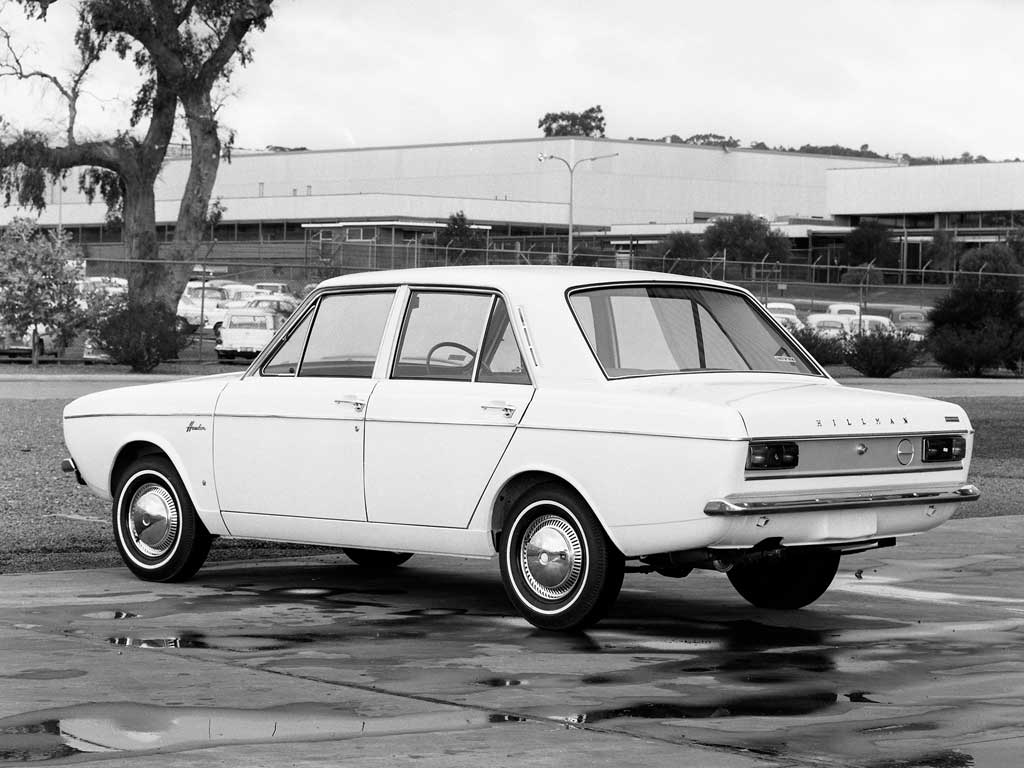
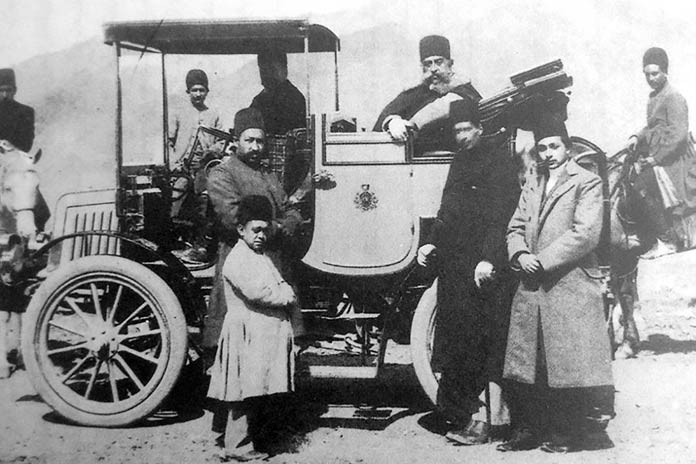
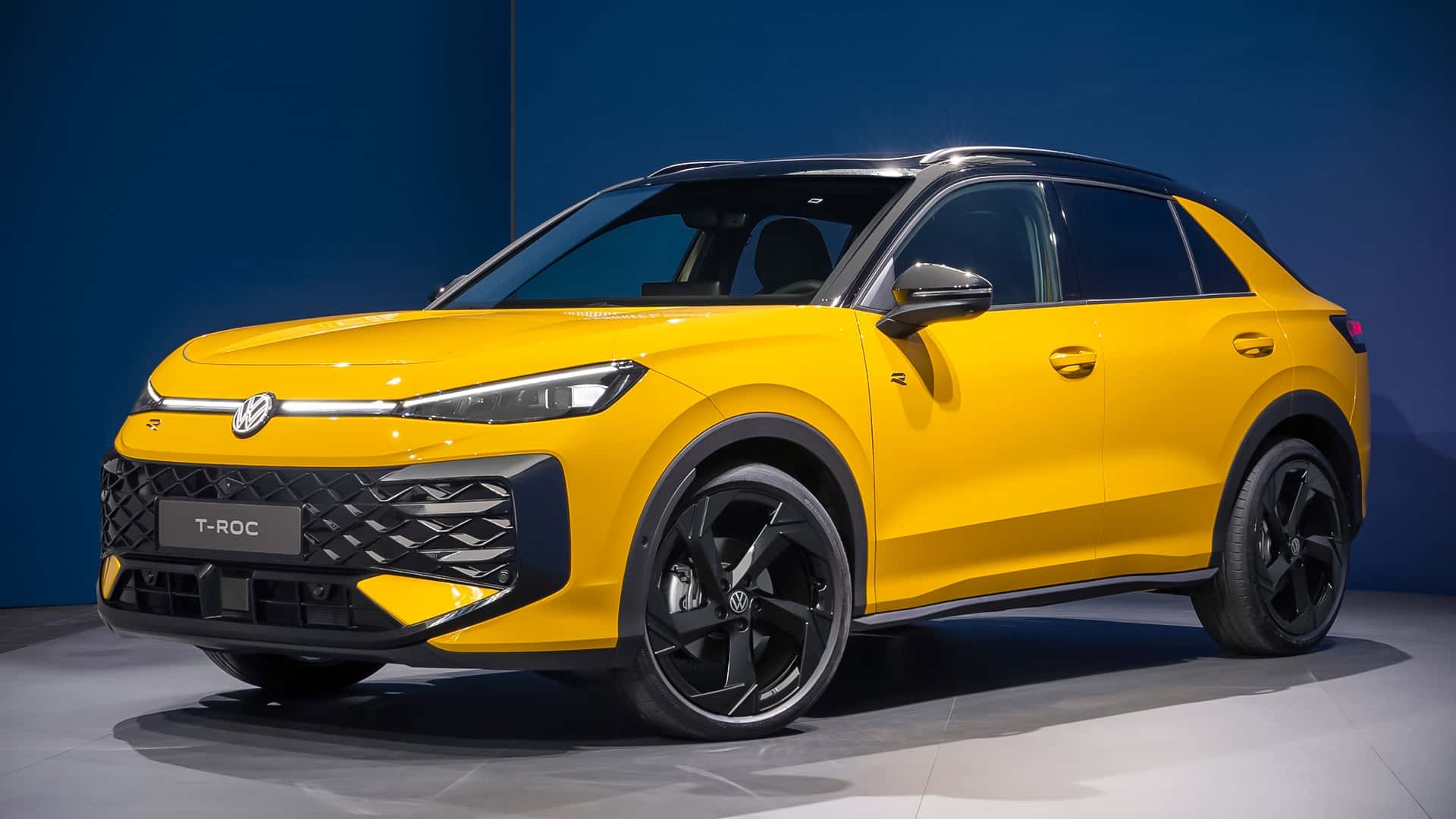
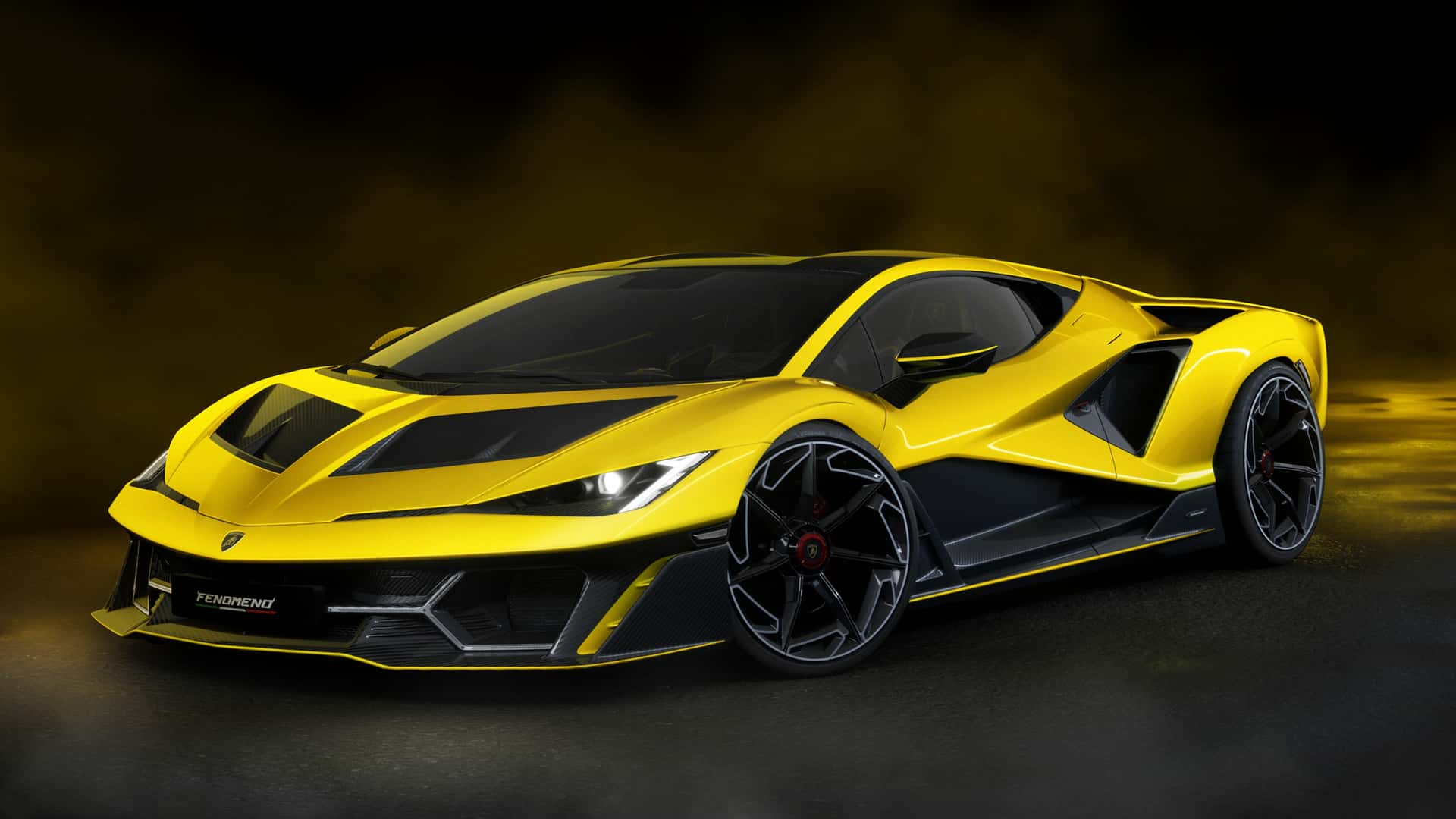
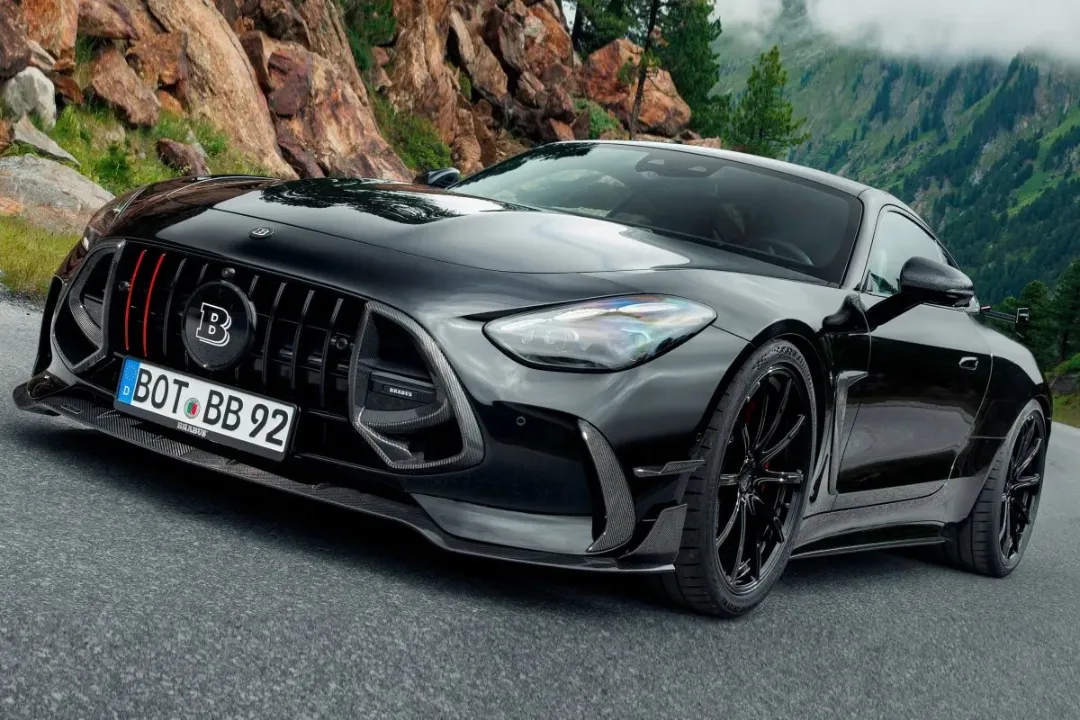

Saman
Hello, can I have permission to use part of your text and photos on my Instagram page? Thanks .
IR-LuxeCars
Yes